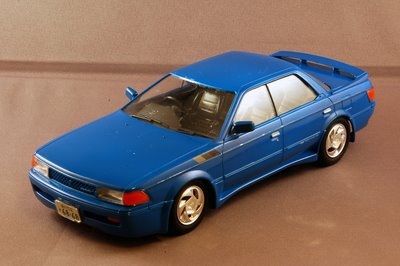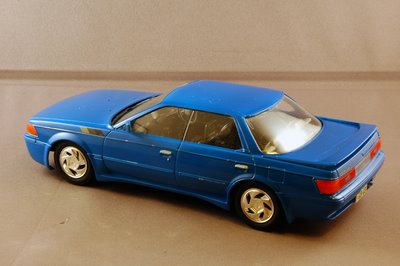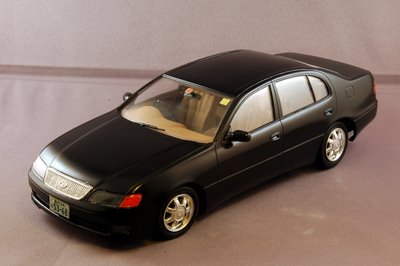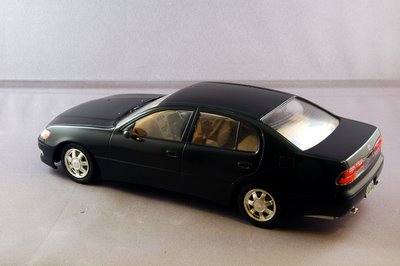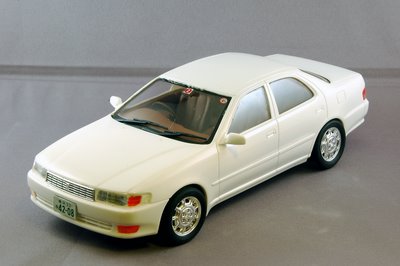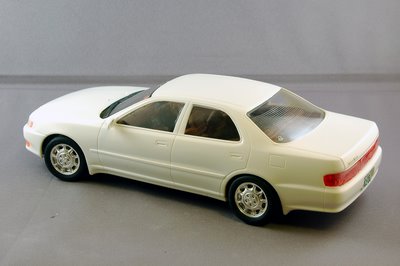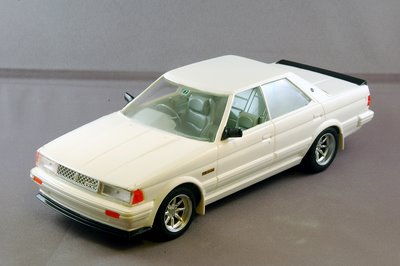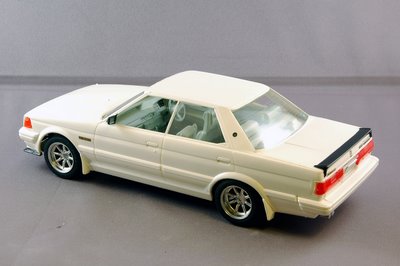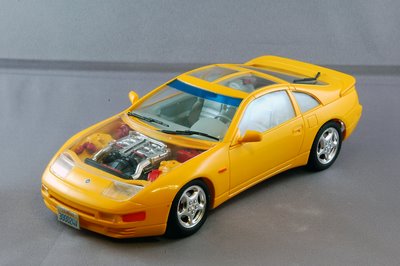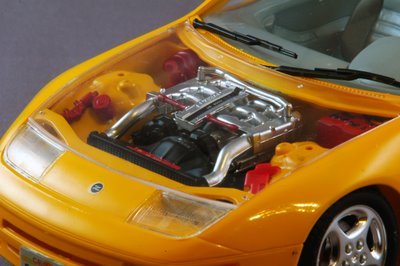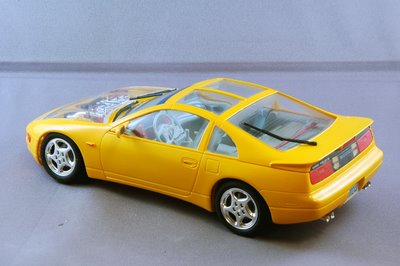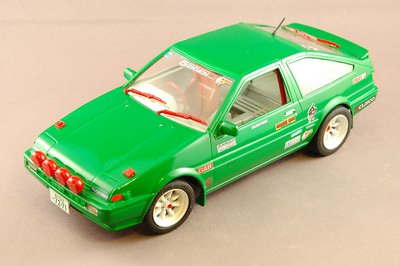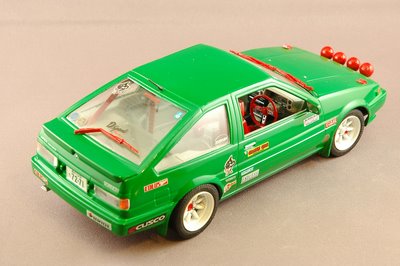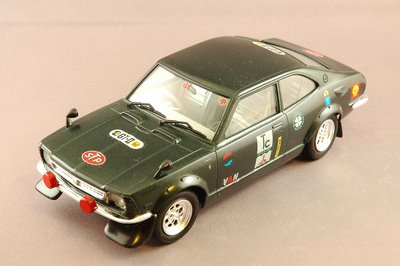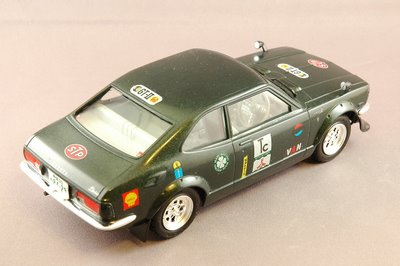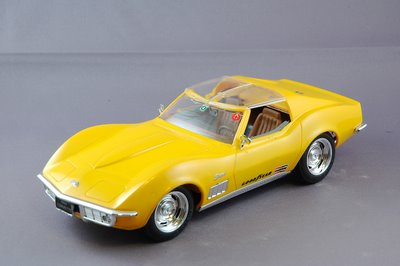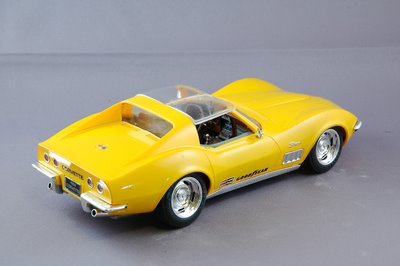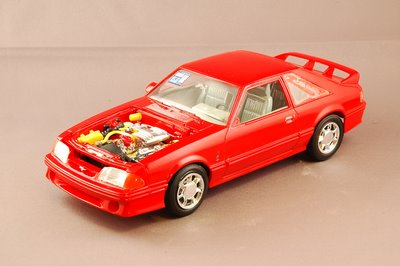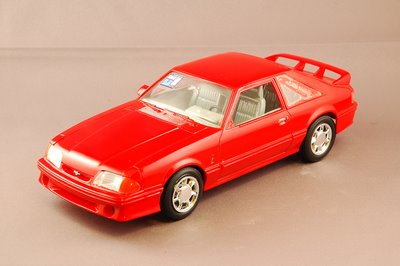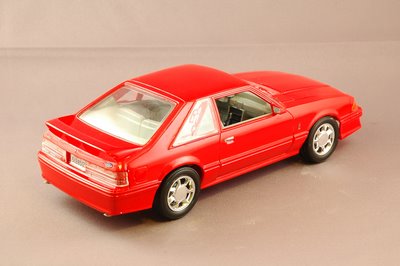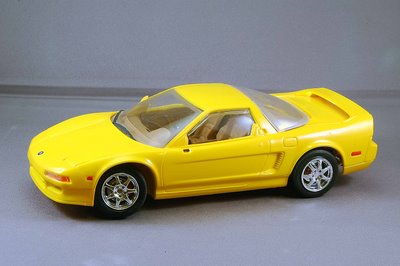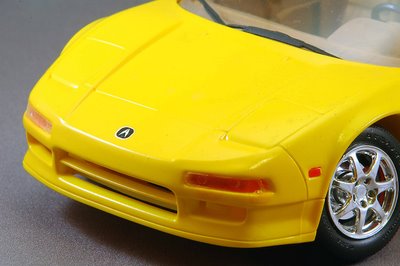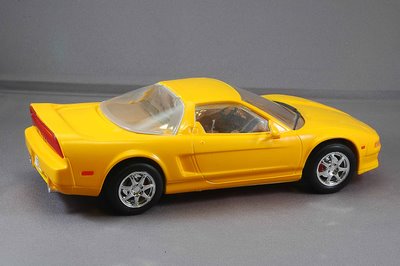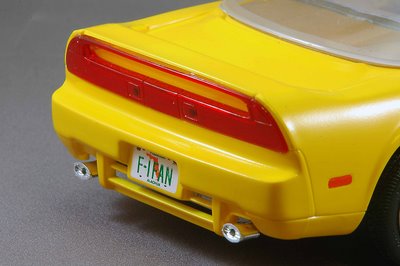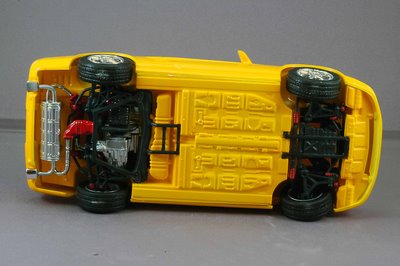Tamiya Toyota Carina ED Autopista 1/24 Scale
In 1985 the Carina name was expanded upon, as Toyota introduced a new car, the Toyota Carina ED. As the original Carina became more conservative, the ED is positioned as the new 4-door Celica, just as the Carina was in 1970. The ED's design attempted to capture the hardtop look and proportion of large American sedans. Transposed onto a smaller Japanese platform, this proportion led to a small, low cabin in context of longer front and rear ends. Like classic American hardtops, the ED's B-pillar literally stood up in the middle with no purpose other than to hinge the rear door on; it was not attached to the roof side of the cabin. The ED was a massive hit in Japan for Toyota, spawning a string of competitors like the Mazda Persona, Nissan Presea, and Mitsubishi Emeraude.
